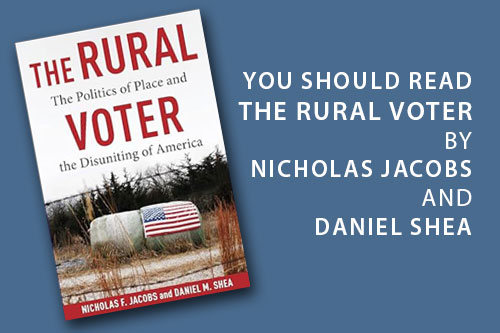The Republican strategy of characterizing Democratic candidates as “soft on terrorism” just suffered a damaging if not lethal blow in the form of a leaked “National Intelligence Estimate.” The report reflects “U.S. intelligence community’s first formal evaluation of global trends in terrorism since the April 2003 invasion of Iraq,” according to Washington Post reporters Michael Abramowitz and Jonathan Weissman. The authors say “the report concludes that the Iraq war has fueled the growth of Islamic extremism and terror groups.”
In his article “No Silent Majority for Bush,” WaPo columnist E. J. Dionne, Jr. notes further:
…News over the weekend of a National Intelligence Estimate on Iraq is especially troublesome for Republican electoral chances. By finding that the war in Iraq has encouraged global terrorism and spawned a new generation of Islamic radicals, the report by 16 government intelligence services undercuts the administration’s central argument that the Iraq war has made the United States safer.
Nor is there any way to dismiss the assessment as partisan, left-wing or unpatriotic. That high-level government officials have offered their own criticisms of the war’s impact makes it difficult for Republicans to force the argument into a classic “he said-she said” framework in which facts can be set aside and the claims of critics dismissed as political.
Meanwhile a new CNN/Opinion Research Corp. poll conducted 9/22-24, indicates that 59 percent of Americans oppose the Iraq war and 55 percent of likely voters said they would vote for a Democrat if the election were held now, compared to 42 percent for a republican.
There will be a lot more said and written about the leaked report over the next seven weeks. But it’s clear that the “soft on terrorism” label the GOP has tried to pin on Dems so frequently now has “backfire” written all over it.








